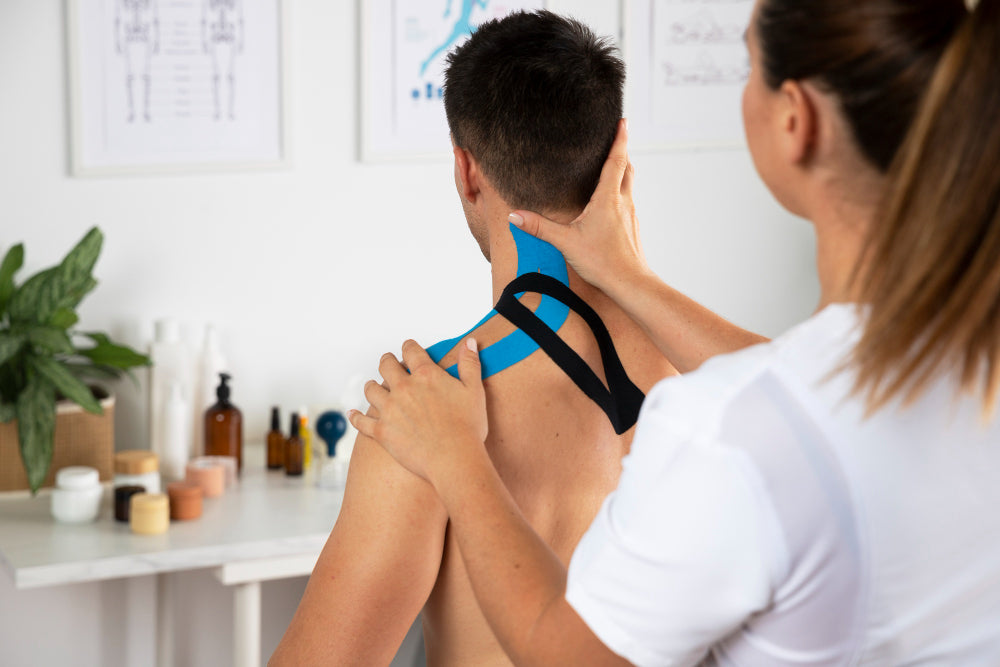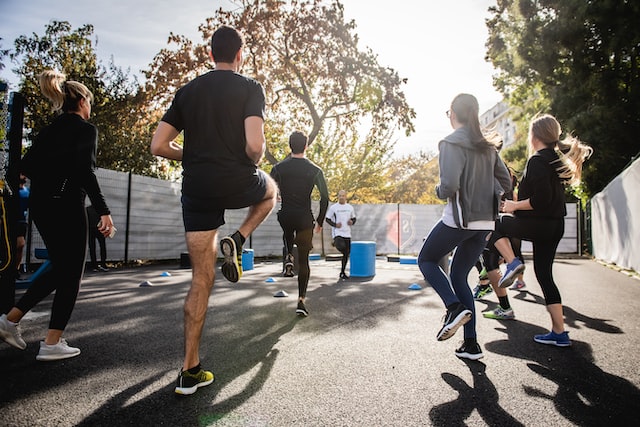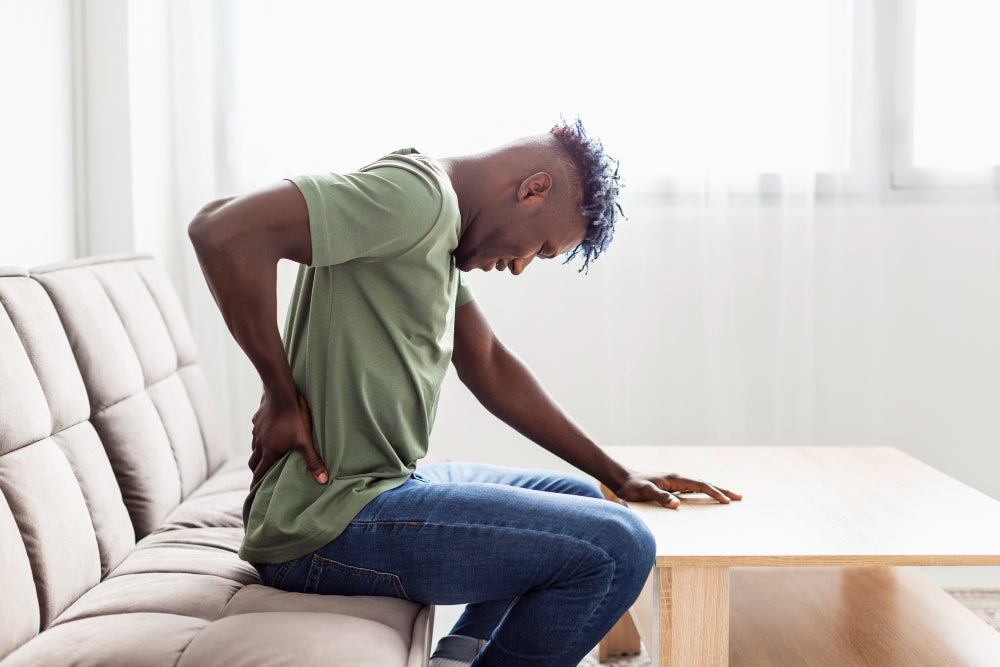Most people by the age of twenty have suffered some kind of long term injury: a broken arm, a torn ACL, even just a sprained ankle. It can take weeks or months to heal, and everything becomes significantly more difficult. Try emptying a dishwasher with only one hand, or one working knee.
All of these injuries pale, however, in comparison to a back injury. And we aren’t even talking about spinal damage which might rob you the use of your limbs. We are talking run of the mill back pain. This can make a simple twist of your abdomen excruciatingly painful. The thing is, almost every movement you can make relies on your back muscles to some extent. If you’ve got back pain, you need to sort it out ASAP. Today, we will track through a few things that can be wrong with your back, and how you can alleviate the pain.
We need to throw in a quick piece of advice here: as always, smoking is a contributing factor to back pain as it decreases the blood flow to the disks in your back which causes them to break down much more quickly than they otherwise might have. This is the perennial advice for every single health condition.
In terms of rehabilitation, it depends on the severity. At the most basic level, the following principles are a good start.
- Get some rest. The strain won’t heal if it isn’t given any time to recover.
- Address the cause. If you had bad posture, you need to sort this out immediately. SImilarly, if there is a repetitive movement that has caused the strain, you need to find ways of minimising that. If this is a requirement for your employment, there are legal recourses for you to pursue if your employer is unsupportive.
- Take anti-inflammatories. Ibuprofen is your best bet here. It will target the site of inflammation and will help to reduce the swelling and soreness. Remember that paracetamol is helpful for relieving pain, but isn’t doing much to address the problem. It just tells your brain to ignore the pain receptors. This sounds like a good thing, but it can sometimes be counterintuitive because you may accidentally keep injuring the muscle or ligament because you are temporarily insensitive to the pain.
- Consider strapping with Rocktape. Many people are not aware of the power of strapping an injured part of the body. If you were to have Rocktape holding your back in certain positions, it becomes impossible to move beyond what is safe. Rocktape also works to reduce the inflammation by causing convulsions and wrinkles which decompresses the tissue immediately below the skin and promotes blood and lymphatic flow. You might need a physio to apply it the first time, but afterwards, you are a family member should be able to apply it just as well.
It is important to recognise that these are generalised principles for low level strains only. Injuries that are more severe will need targeted treatment from physiotherapists.
Firstly, your back pain might be the result of a muscle or ligament strain. Symptoms include generalised pain, muscle spasm surrounding certain movements, stiffness and trouble moving. This is actually fairly common. Whether you work in manual labour or in an office, the back is actually fairly delicate and it doesn’t take much to set it off. Muscle or ligament strain can be the result of a number of different factors.
- Overuse: If you are doing the same motion over and over again, it is entirely possible that you could just wear out the muscle.
- Injury: If you have recently had a fall on your back, or received some kind of blunt trauma, the muscle itself might be tender and unable to support the weight of your body
- Bad posture: This is becoming a bigger and bigger problem as we spend more time in front of screens. We stoop with a phone in front of our faces, and over time, our bad posture causes back pain. Here is a shortcut to better posture. Your shoulders should be back and down, and your chin should be tucked back.
Secondly, you may have a herniated disk. Your spine is made up of disks which are filled with a fluid so that you can absorb the shocks of walking or jumping. A disk is said to be herniated when one of them bugles or leaks fluid which ends up putting pressure on the nerves which surround it. You might suspect that you have a herniated disk if you are experiencing pain, a general weakness in your back, or a numbing sensation in your legs, back or arms. This can then progress to a feeling of burning or tingling in your extremities. If it gets very severe, it can even induce temporary paralysis. Some the common causes of a herniated disk include:
- Getting old. Tragically, as we age, these disks just become slightly weaker, so that an injury that wouldn’t have caused a problem in our 20s becomes much worse if we are in our 40s. There is the possibility that you might have degenerative disk disease which just means that you will need to be very careful with how you treat your back moving forward.
- Blunt force trauma. If you sustain an injury to the back with sufficient force, it can be enough to herniate a disk.
- Your genetics. Again, some people just have a genetic predisposition for weakness in their disks.
- Overuse. Much like a strain, a disk can be worn down over time by doing repetitive movements.
- Poor posture. Again, the little things make a big difference in the long run.
These are the big two causes. There are a number of other possibilities which we will cover here, but are much less likely. Back pain might be the result of osteoarthritis, particularly if you are over the age of 40. Alternatively, you might have sciatica or scoliosis.
If in doubt, consult a health specialist.



















































